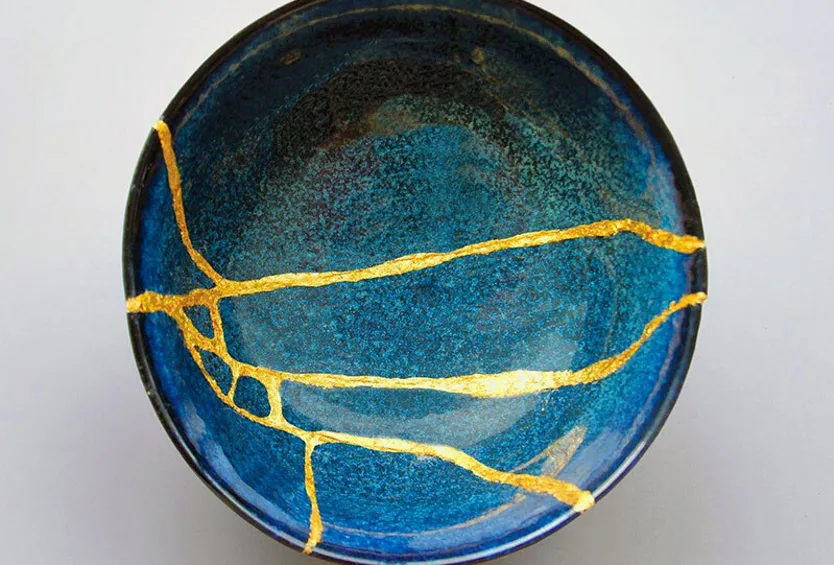There is something inherently beautiful about visibly mended things, like chipped mugs and hand-stitched clothes, which tell a story through their many imperfections. The Japanese art of Kintsugi exemplifies this, as it transforms broken porcelain into something beautiful by filling the cracks with gold.
Repairing a broken relationship isn’t as simple as adding glue and gold dust. Even when you want it desperately, repair can fail. Real life rarely mirrors movies; reunions often collapse under the weight of what’s changed. People evolve, regardless.
When it does work, though, it can be beautiful. Choosing to try again, despite society’s obsession with upgrading and replacing, feels like an act of defiance against disposability culture. It says: I see your flaws, I see the cracks, and I still want to build something with you. That kind of intimacy- where you can accept the past and fold it into the present- can create a much stronger bond than what existed before.
That being said, true repair is incredibly difficult. Both partners must genuinely want to fix things, out of love and true feeling- not out of fear of loneliness or regret. They need to be accountable for their mistakes, owning the damage they caused rather than vaguely claiming that they’ve “changed.” It must also be accepted that what was broken may never look the same again, for better or for worse. Taking that leap is a gamble, but it’s worth trying rather than letting yourself get lost in nostalgia or false hope.
For students, especially, this kind of repair, or even the decision to work towards it, can feel complicated. Moving away, starting new lives, and becoming different versions of ourselves- in an environment where reinvention feels expected- can shift the dynamics of every relationship we have, romantic or not. Sometimes, you try to return to something familiar and find that it no longer fits. Other times, distance makes you realise what was worth holding onto all along. In both cases, repair becomes not just about fixing a relationship, but about understanding who you’ve become in the time that it was breaking, and staying true to yourself throughout it all.
Not every broken thing can or should be mended. Some cracks run too deep; some damage is inherently corrosive rather than cosmetic. And sometimes, the healthiest choice isn’t to fix something, but to accept its ending with a sense of grace. True strength lies in knowing when repair is an act of hope and when it’s a way of avoiding change.
Circling back to Kintsugi, it cannot be said that every scar you acquire warrants gold. Some are simply signs of living and feeling- brutal, mottled, and real. The most radical act of all can be deciding whether to rebuild or to finally put the pieces down. All in all, the greatest feat is making the choice. Because what’s easy isn’t always right, and whichever way you turn, making that crucial decision is the hardest part of all.

